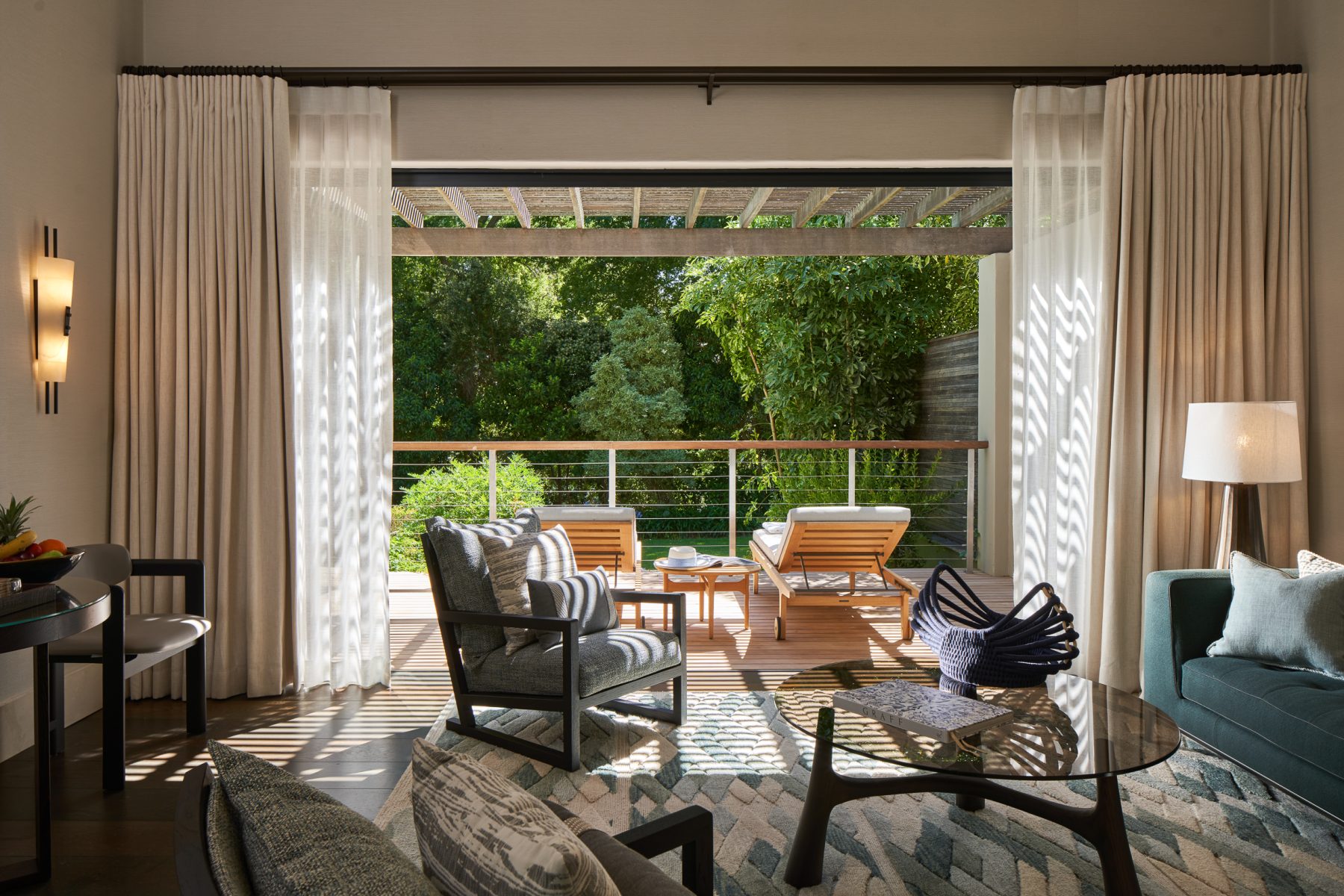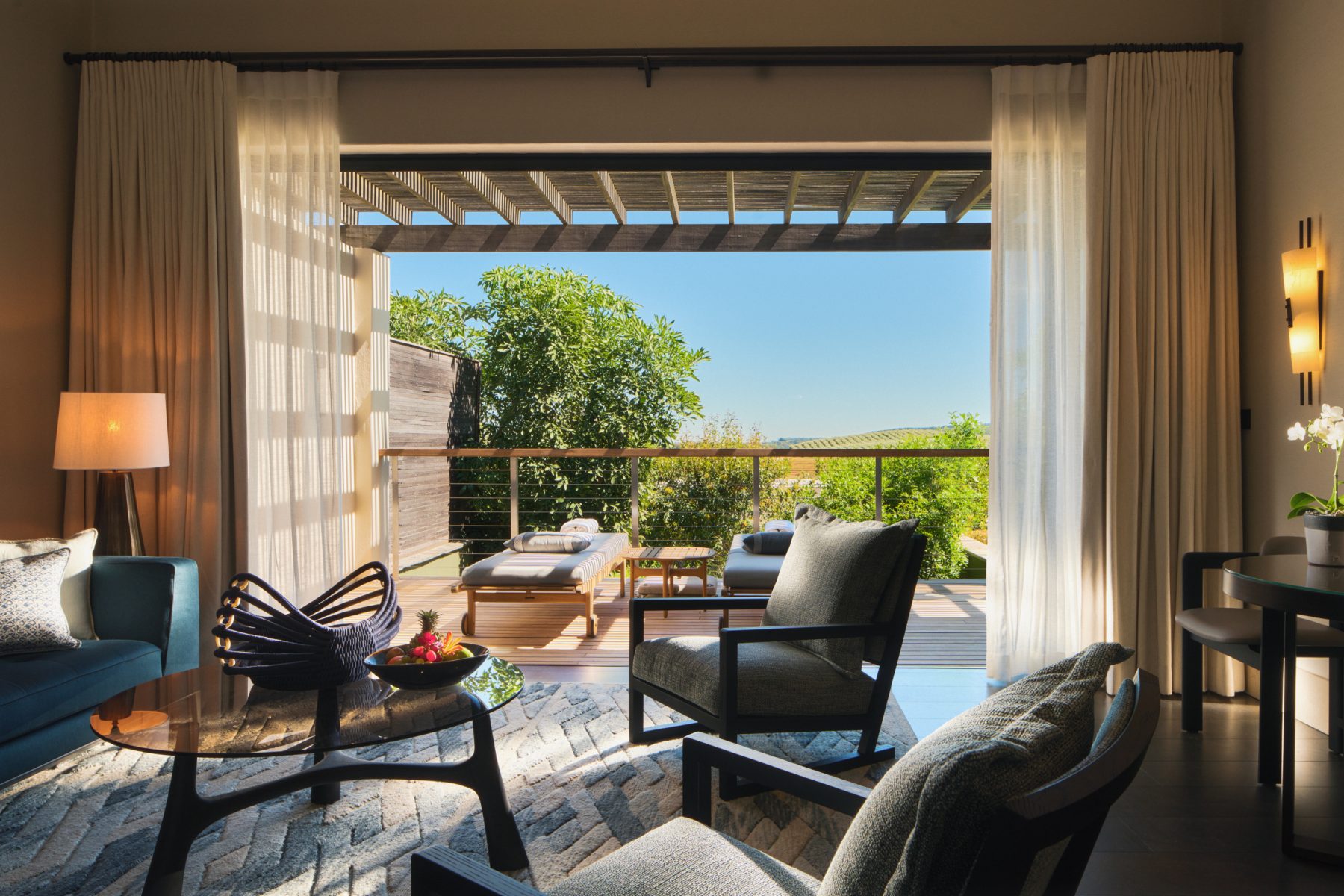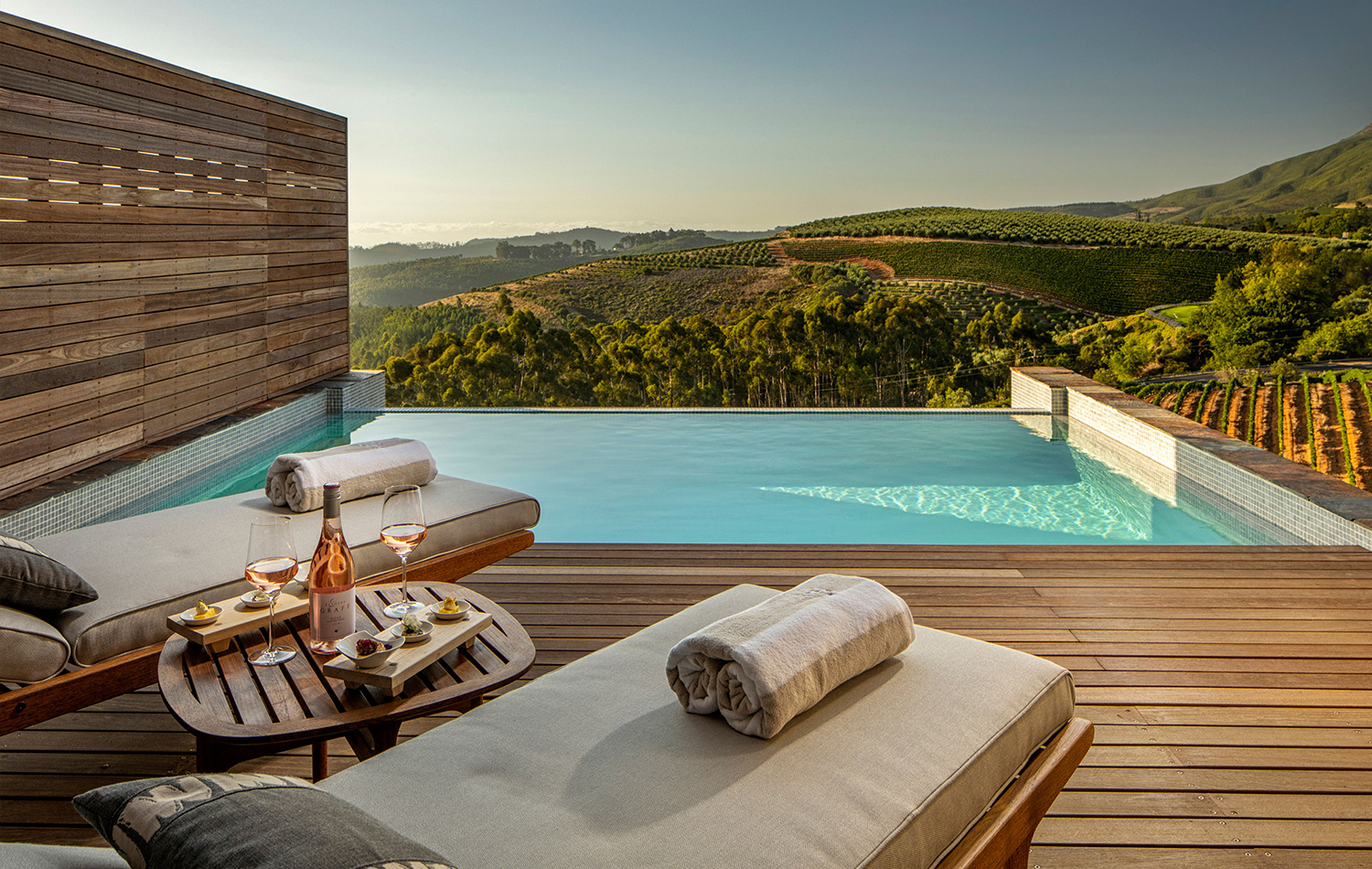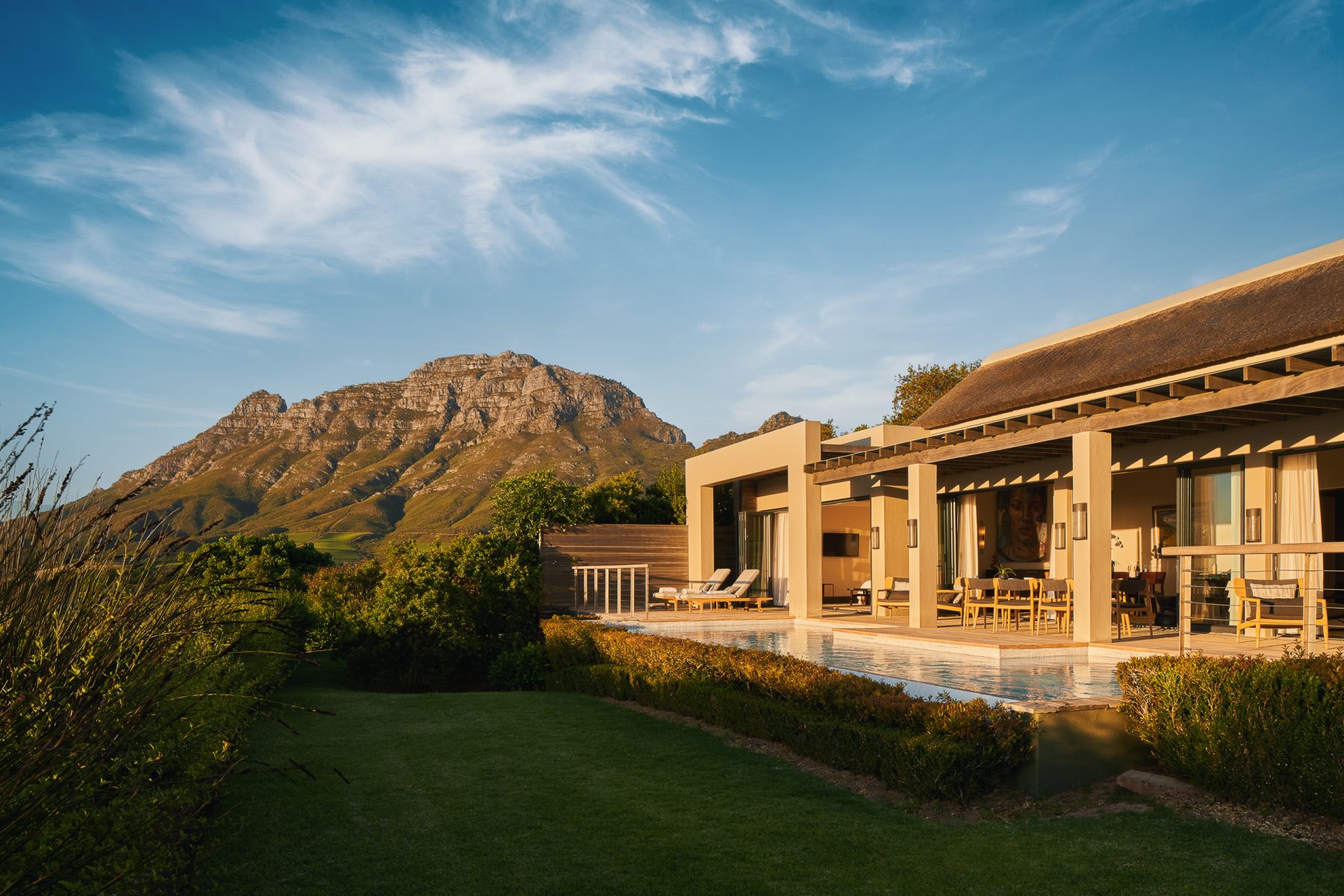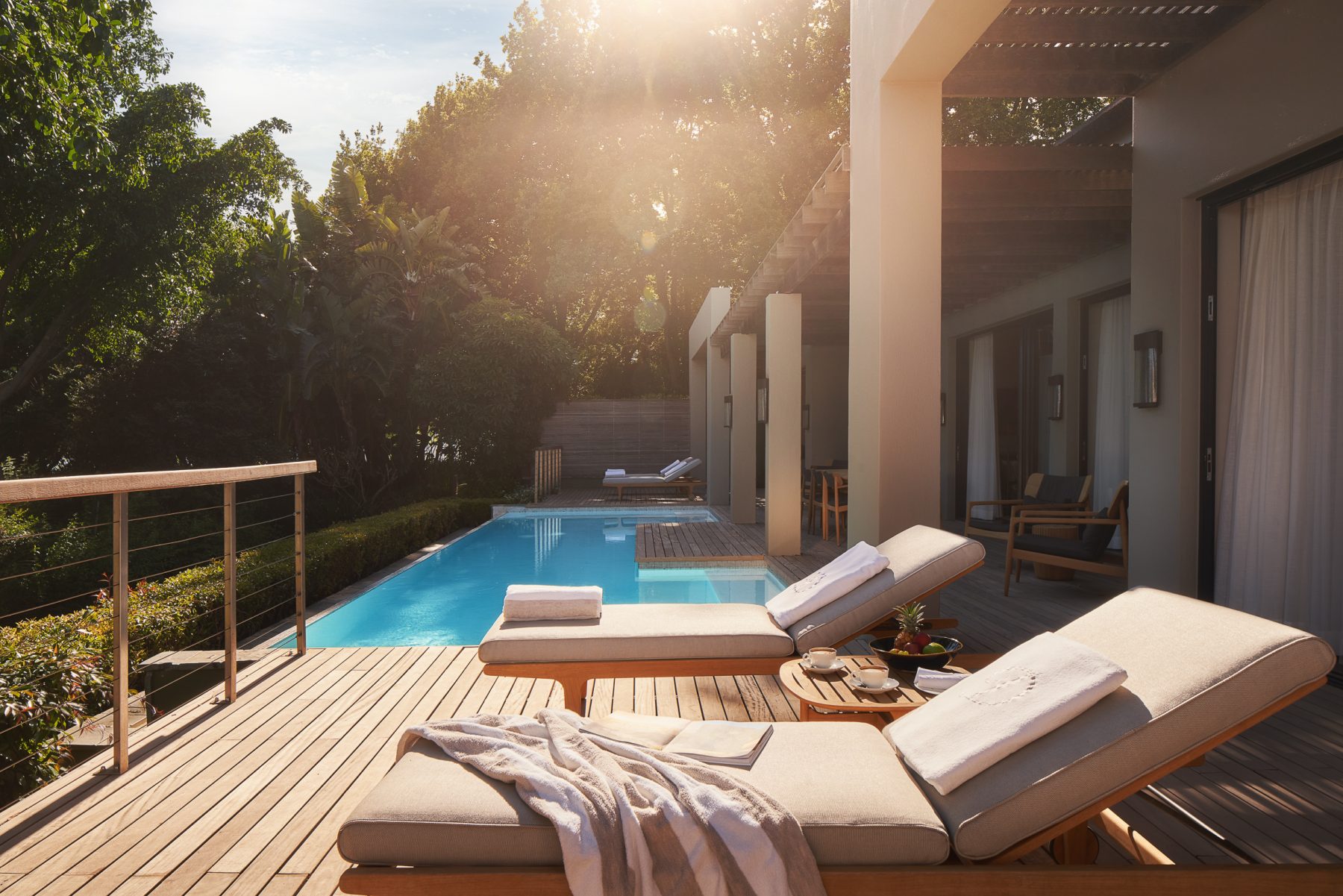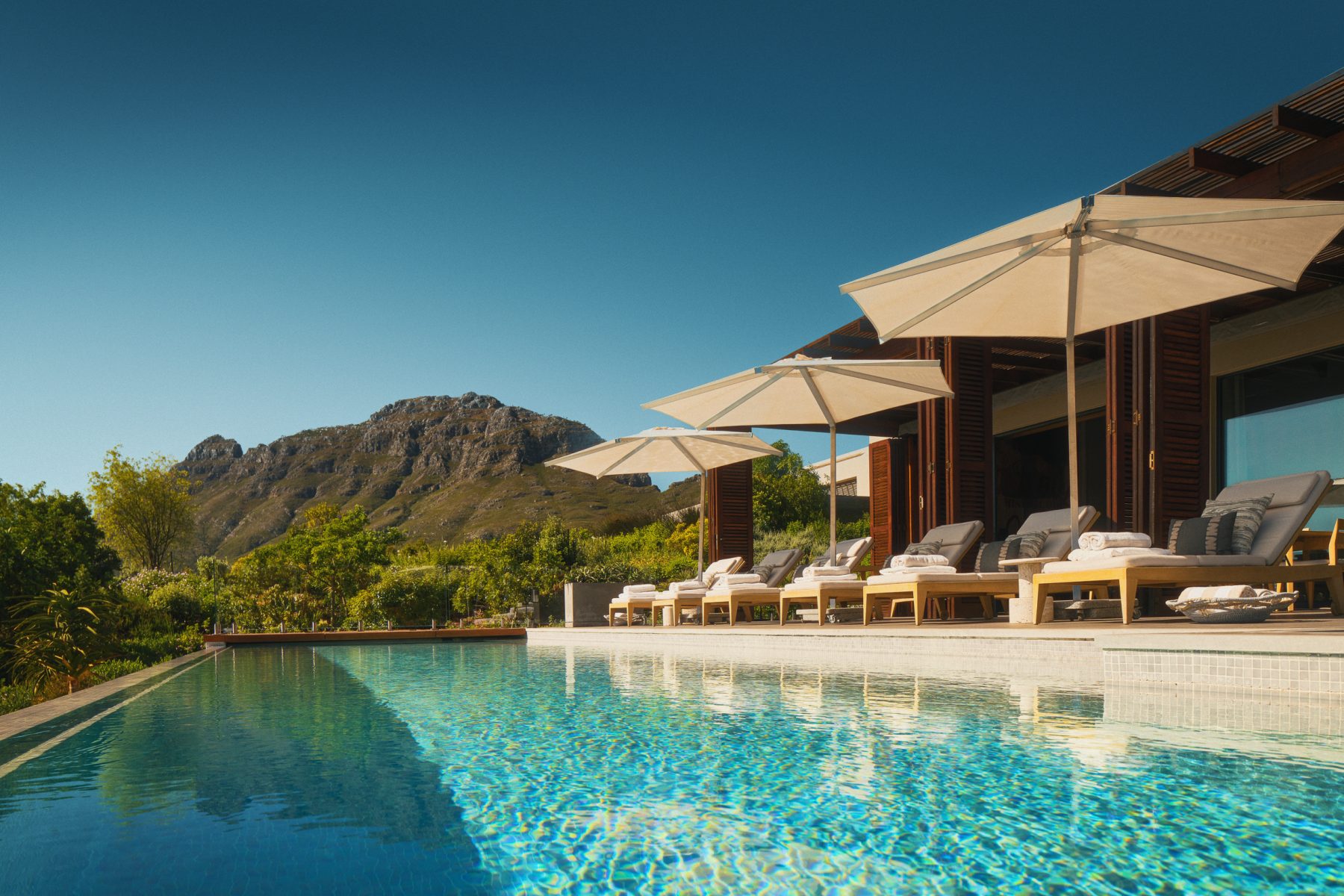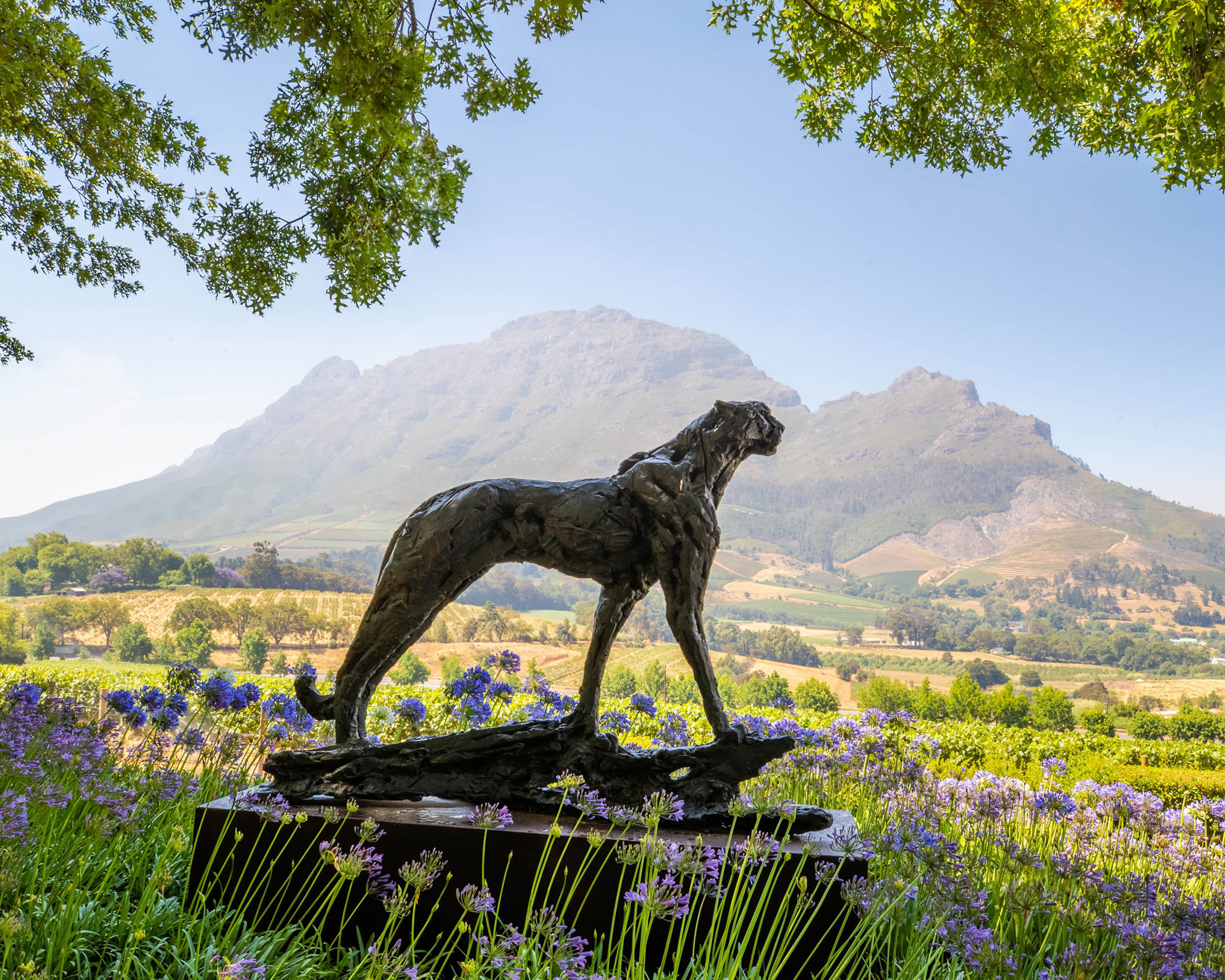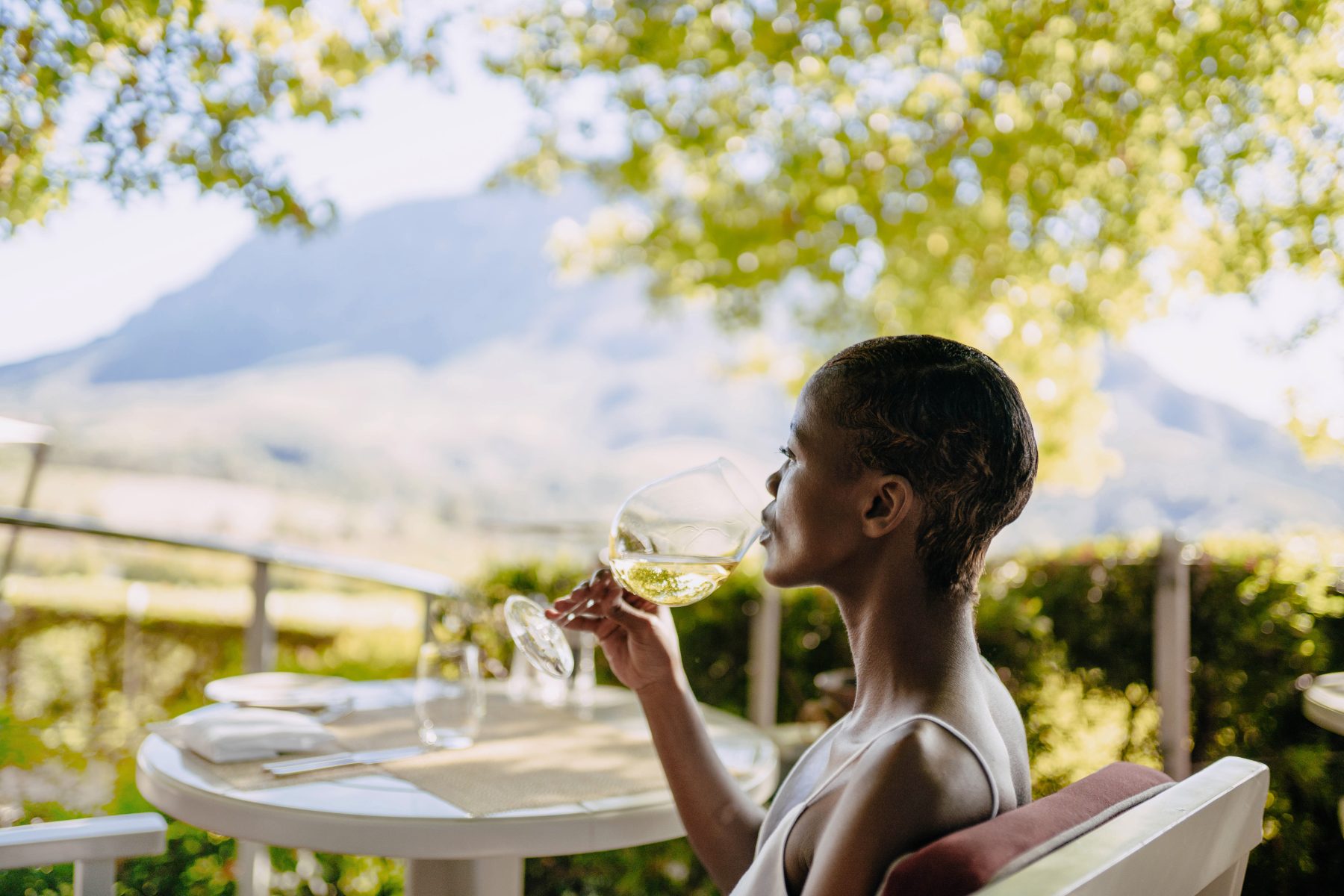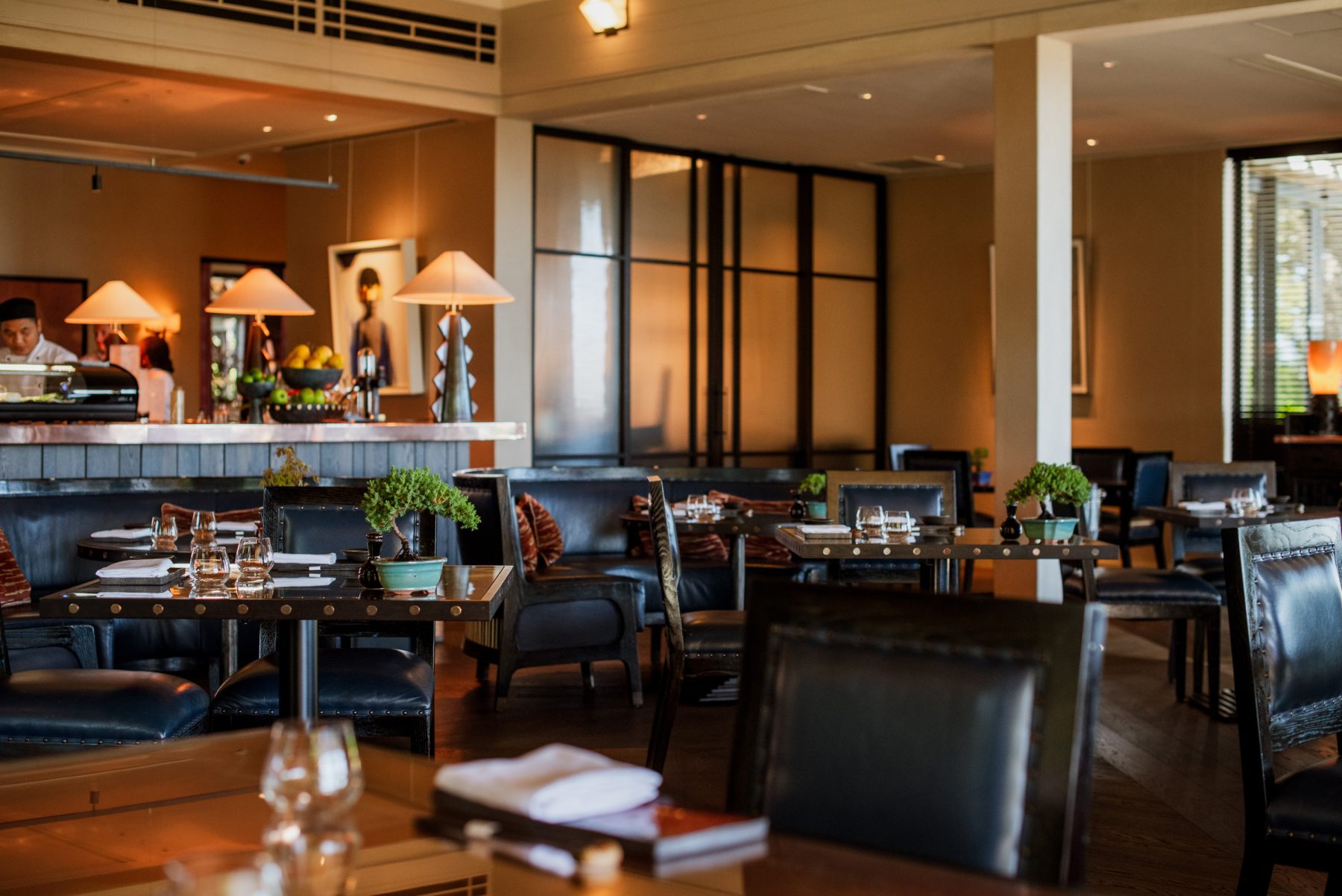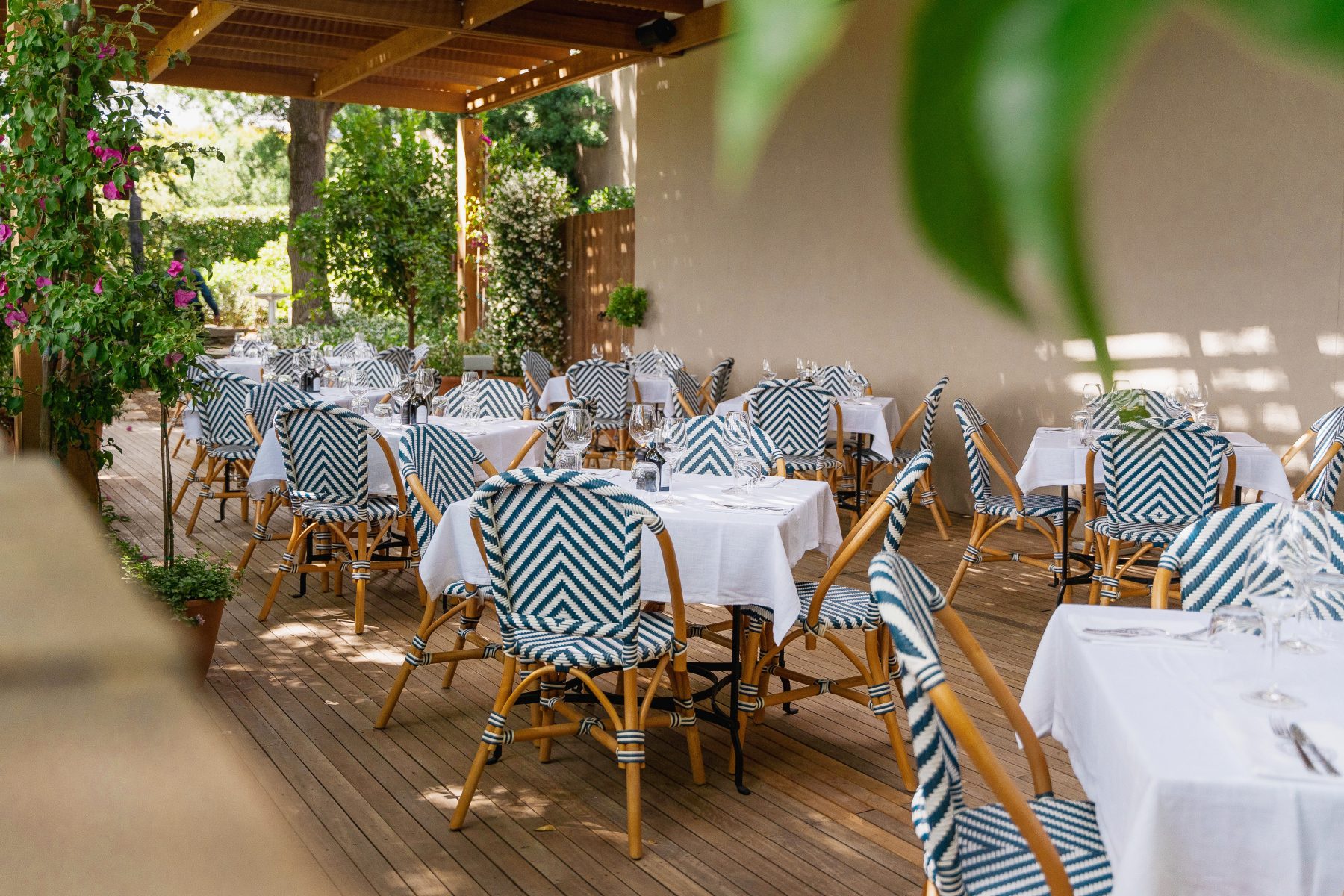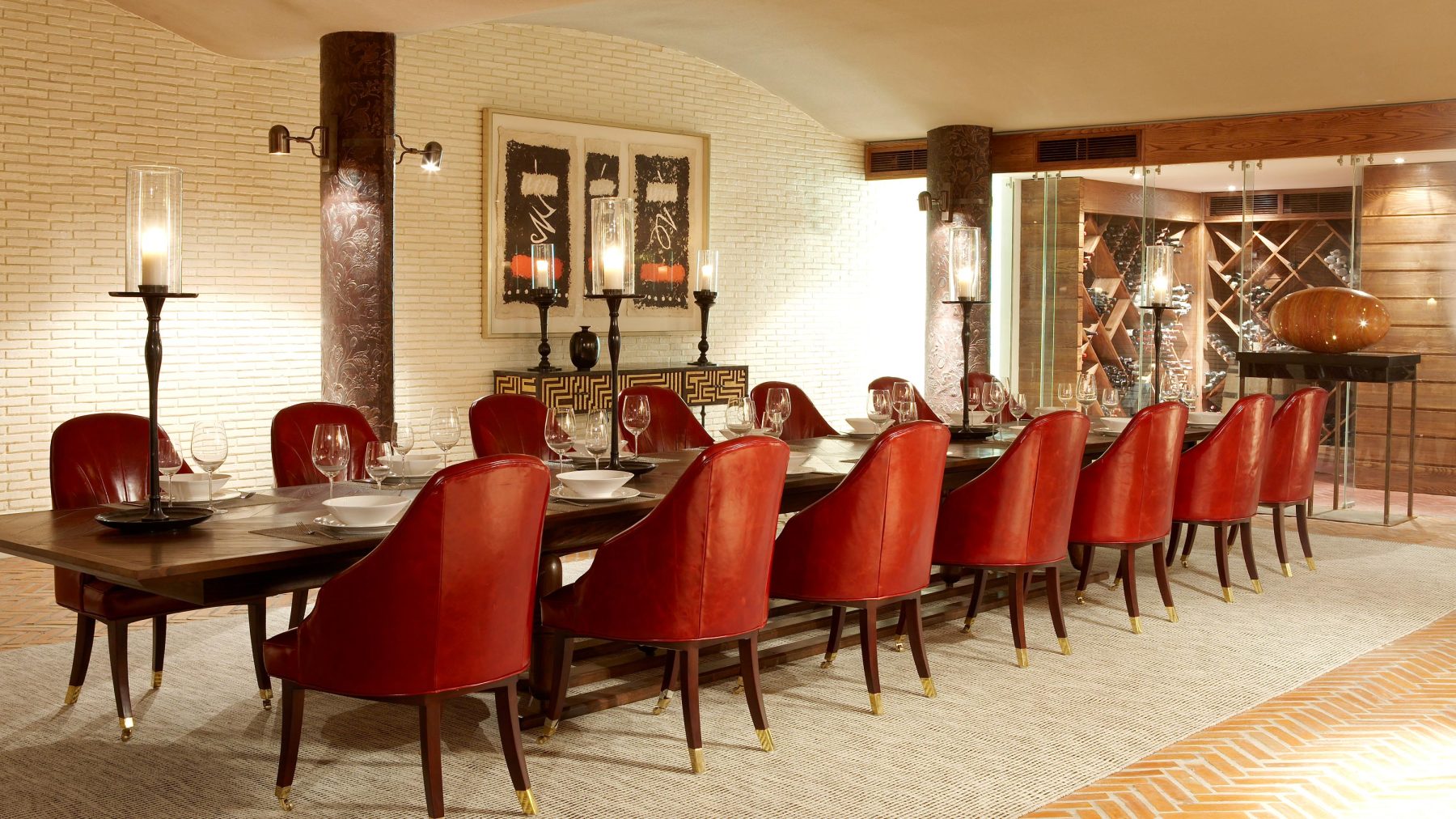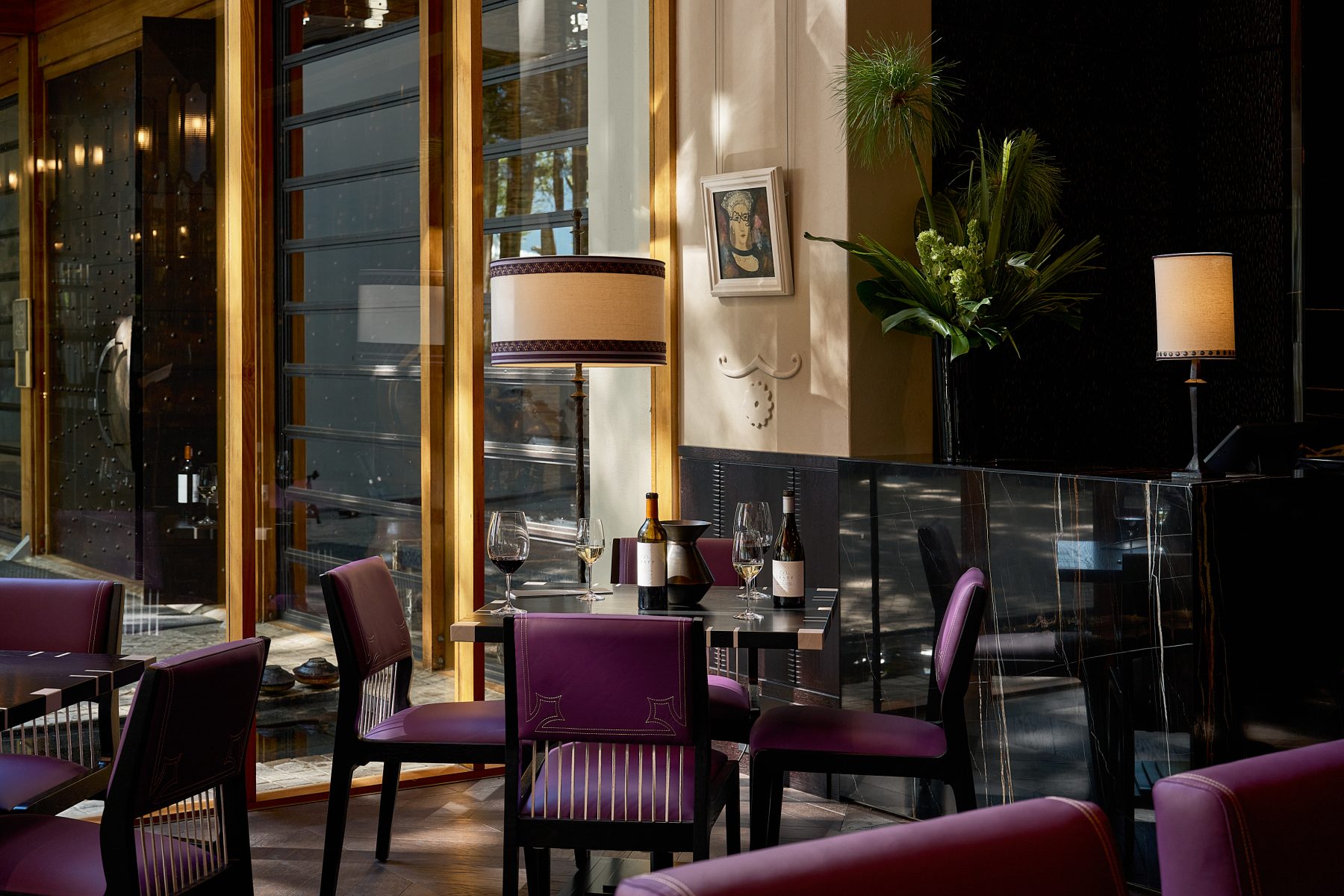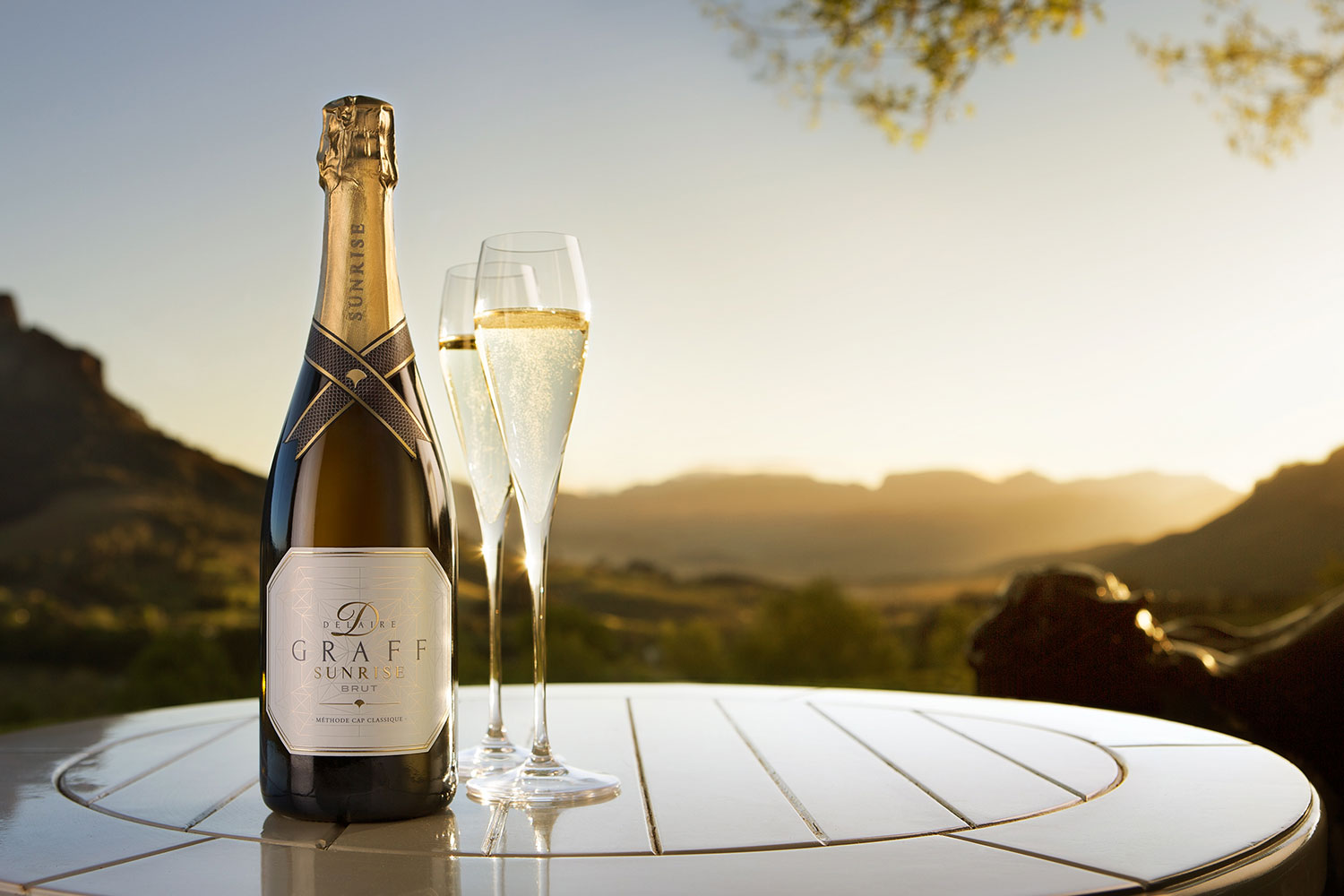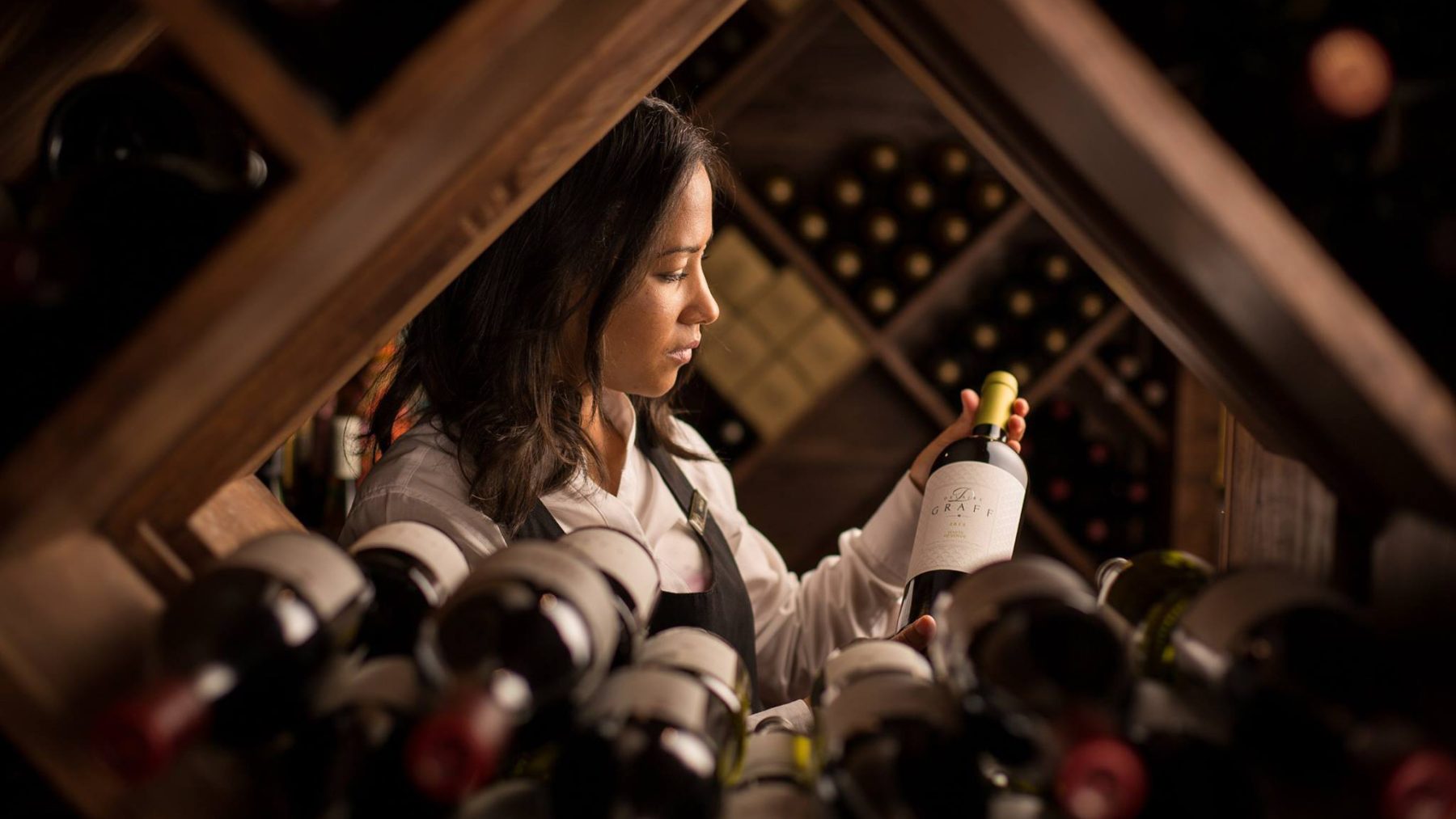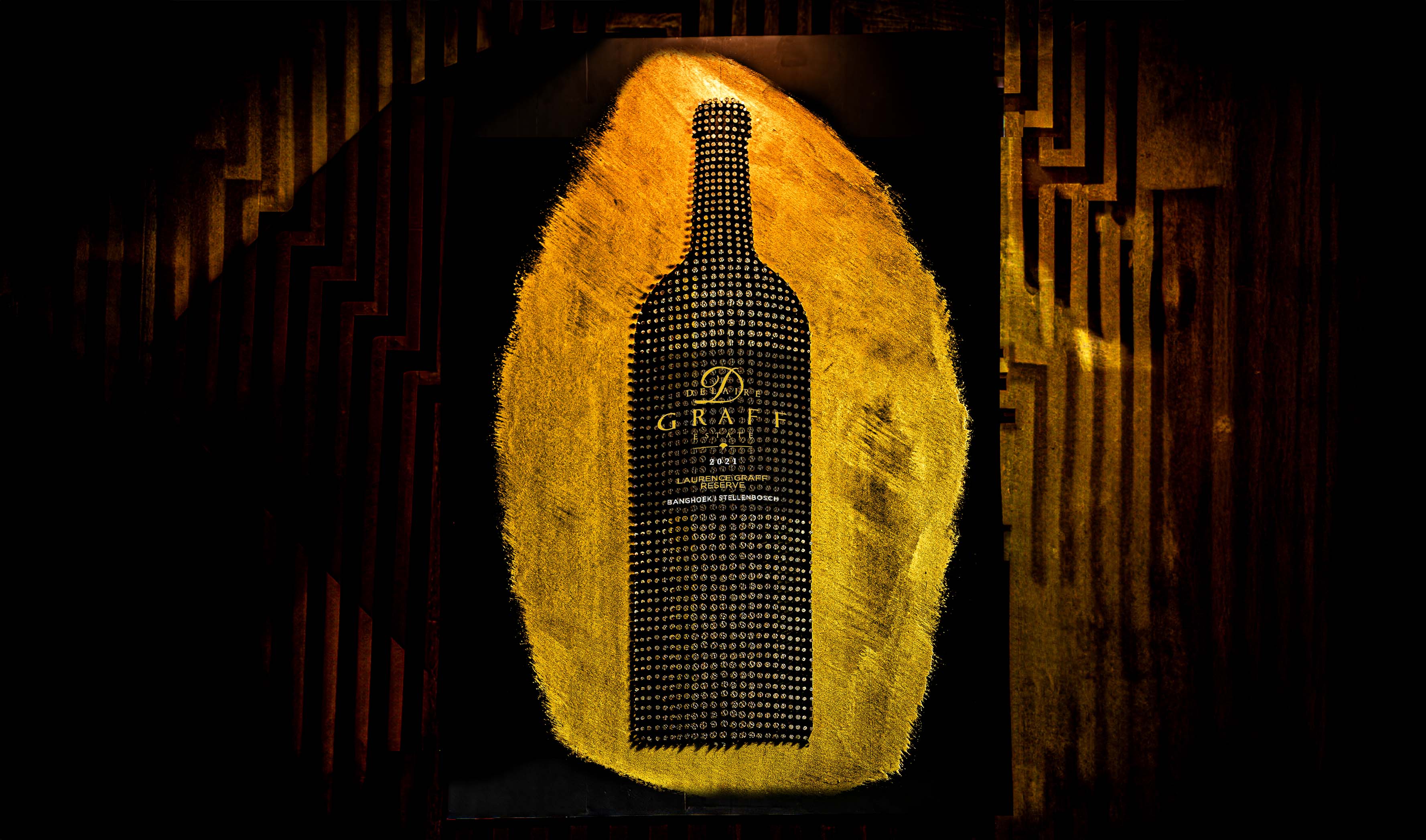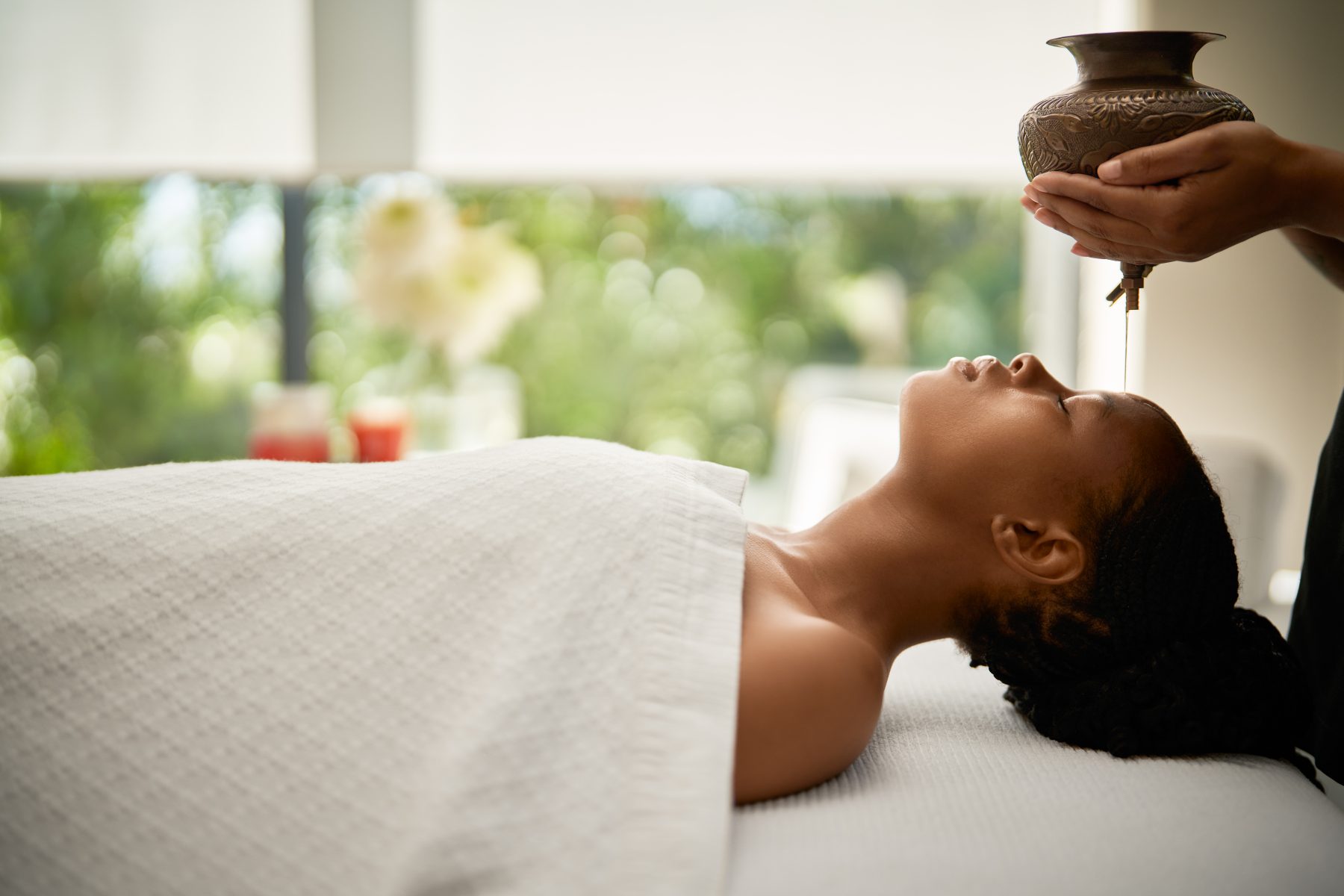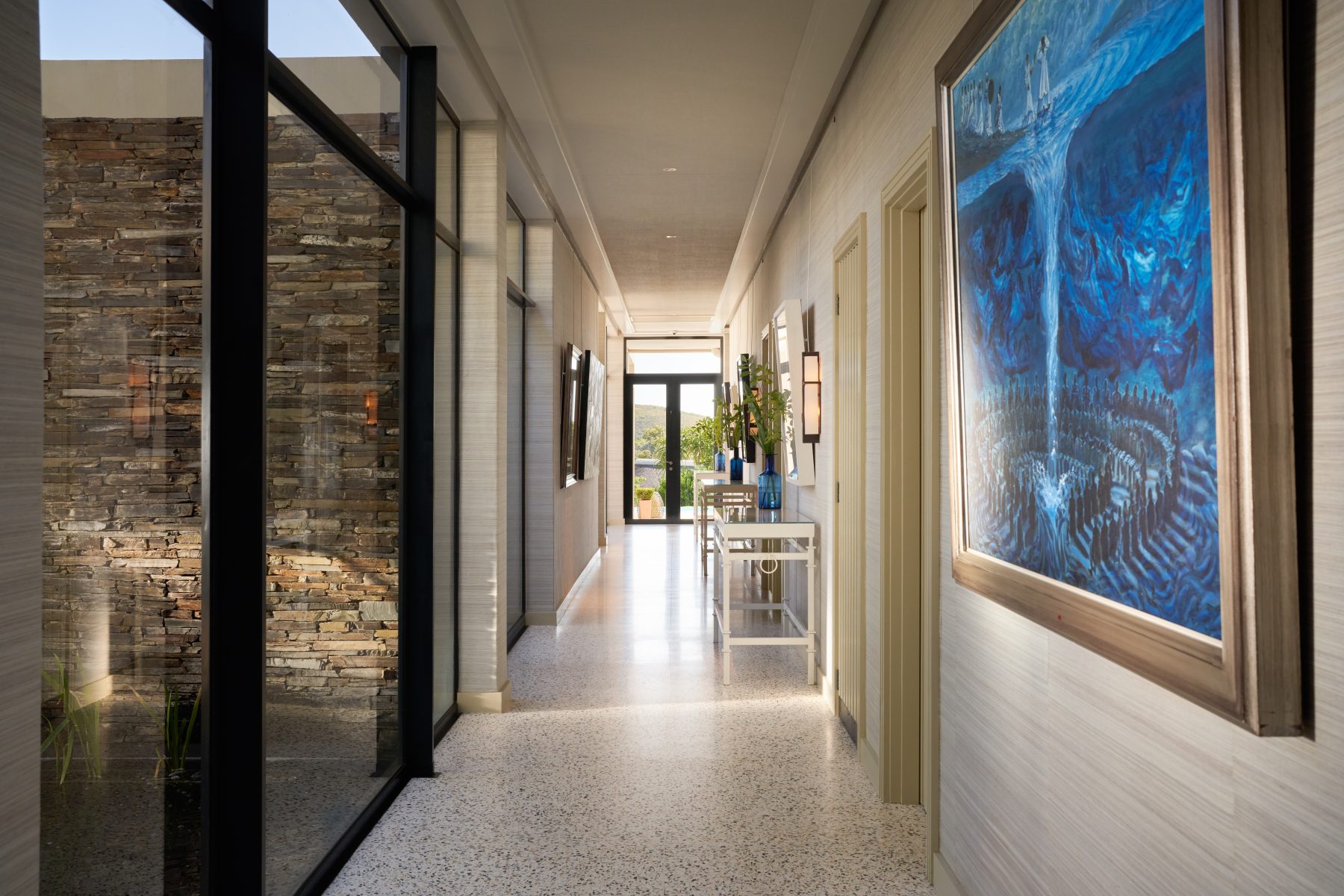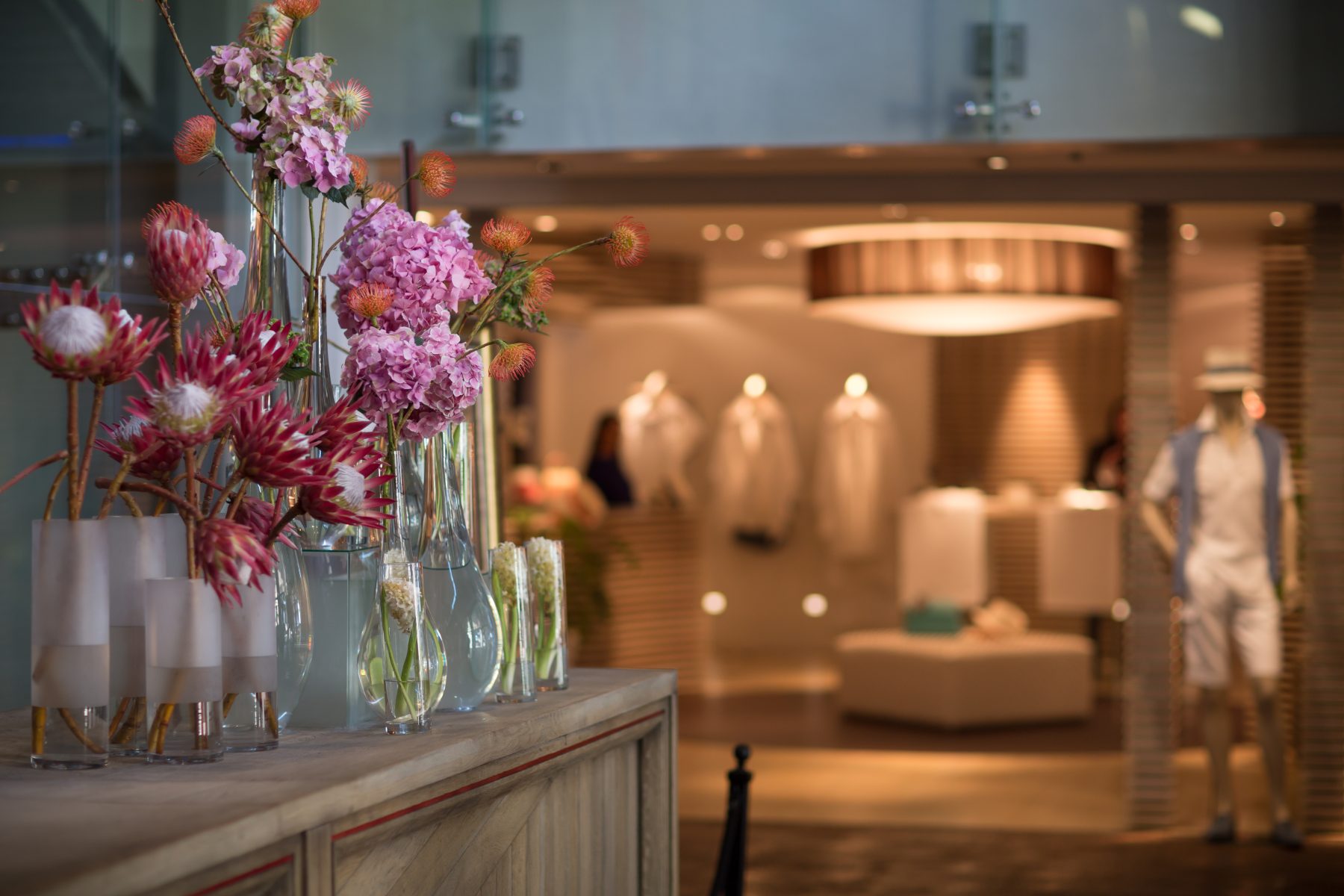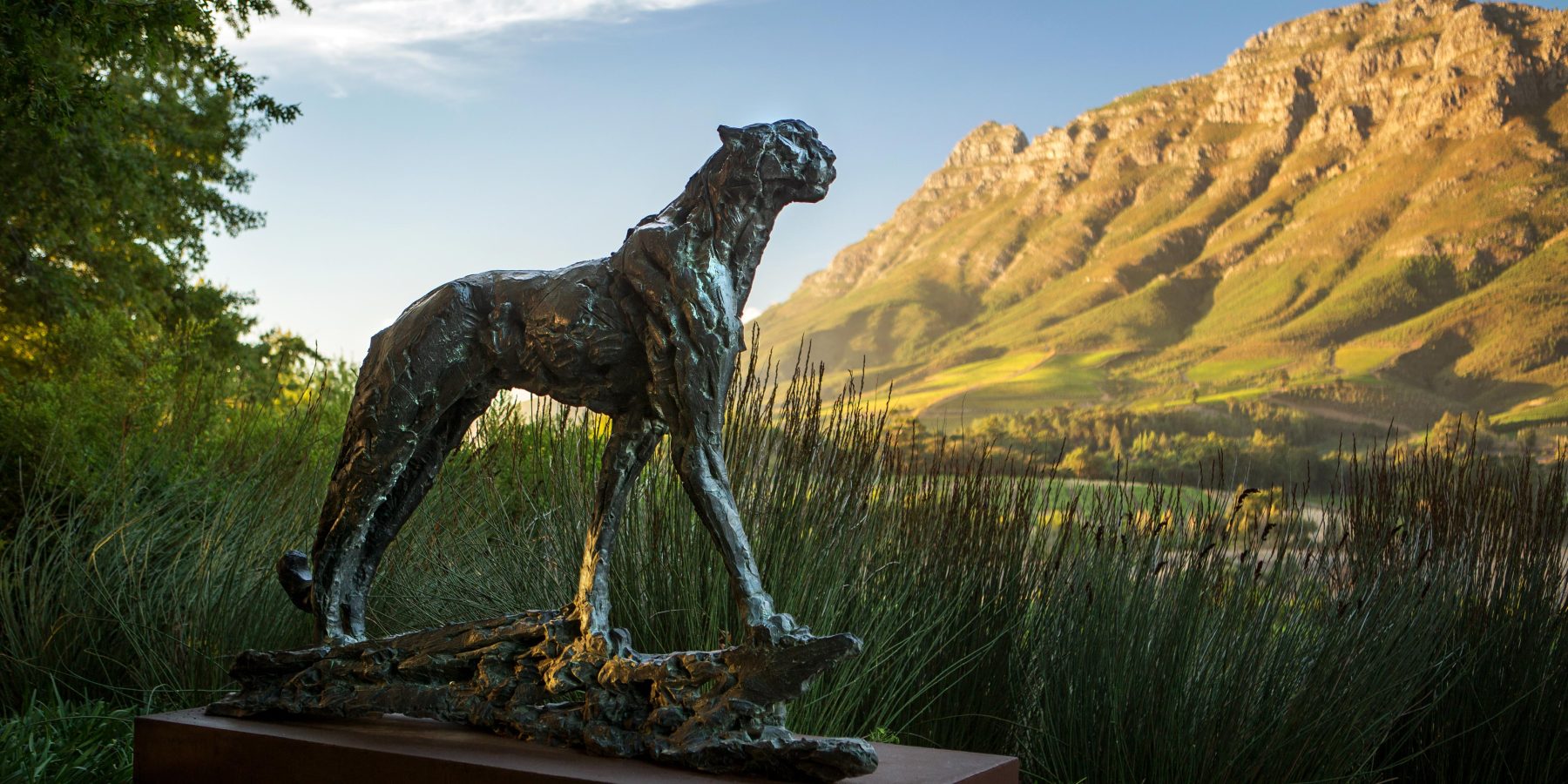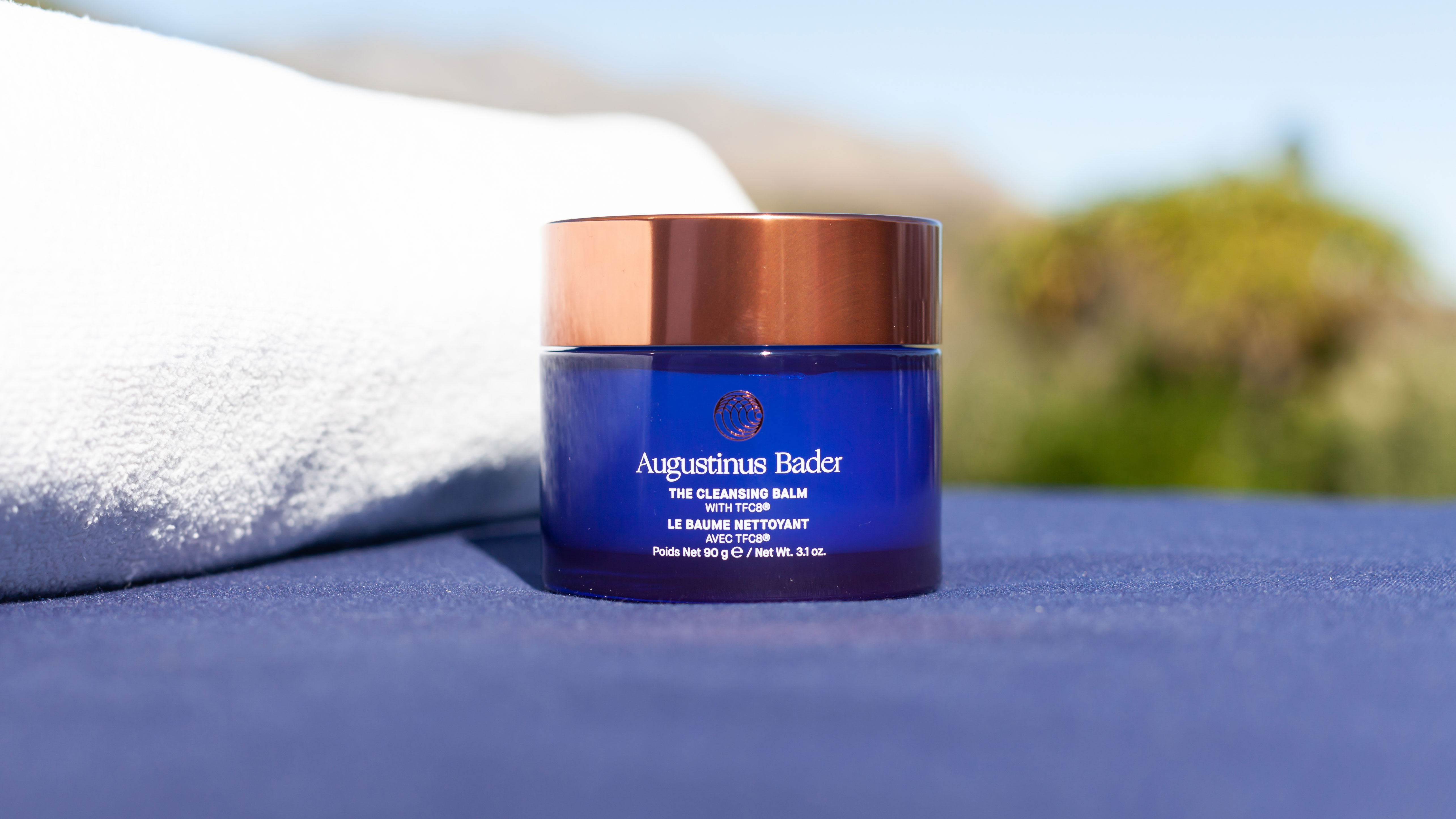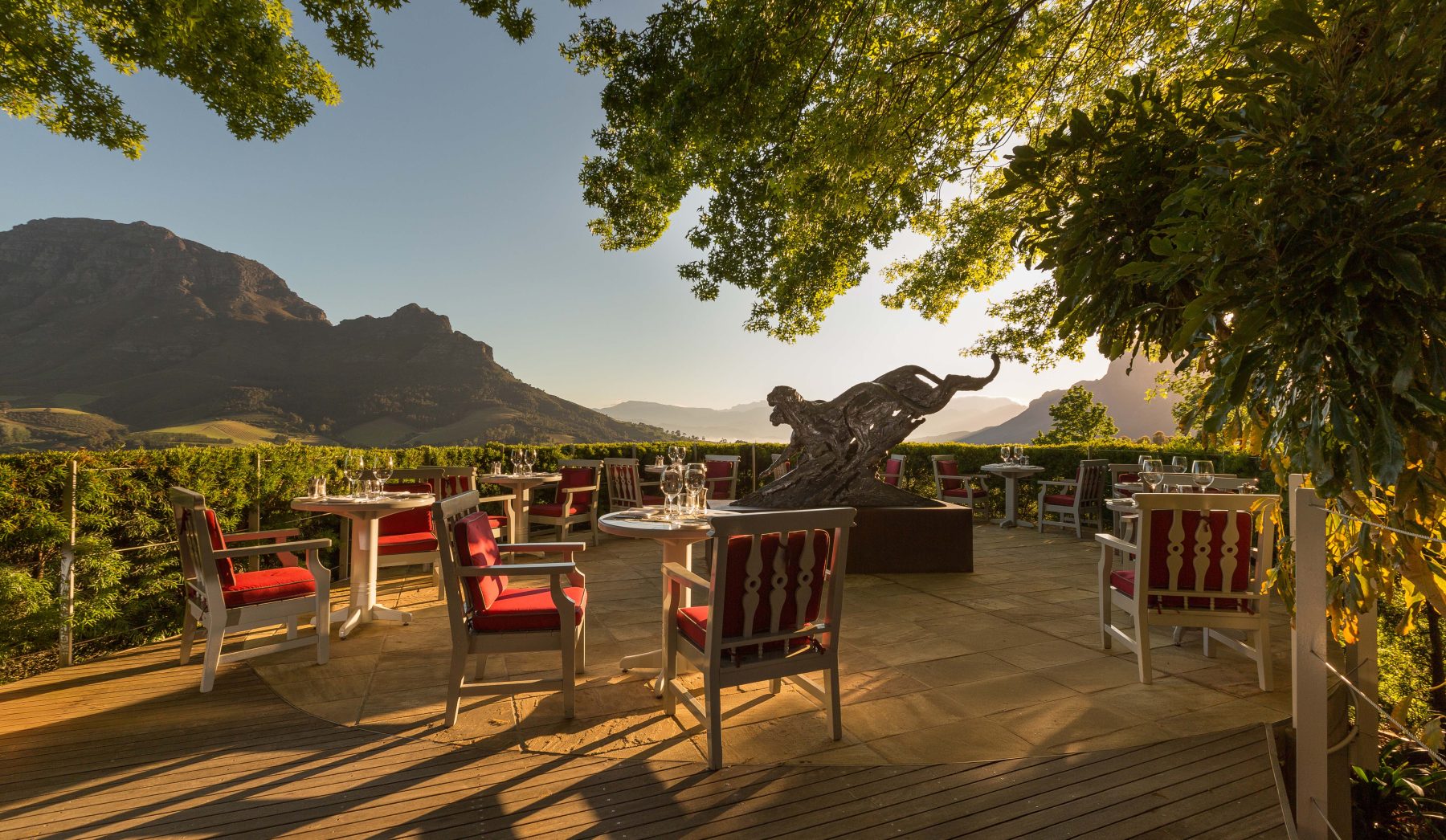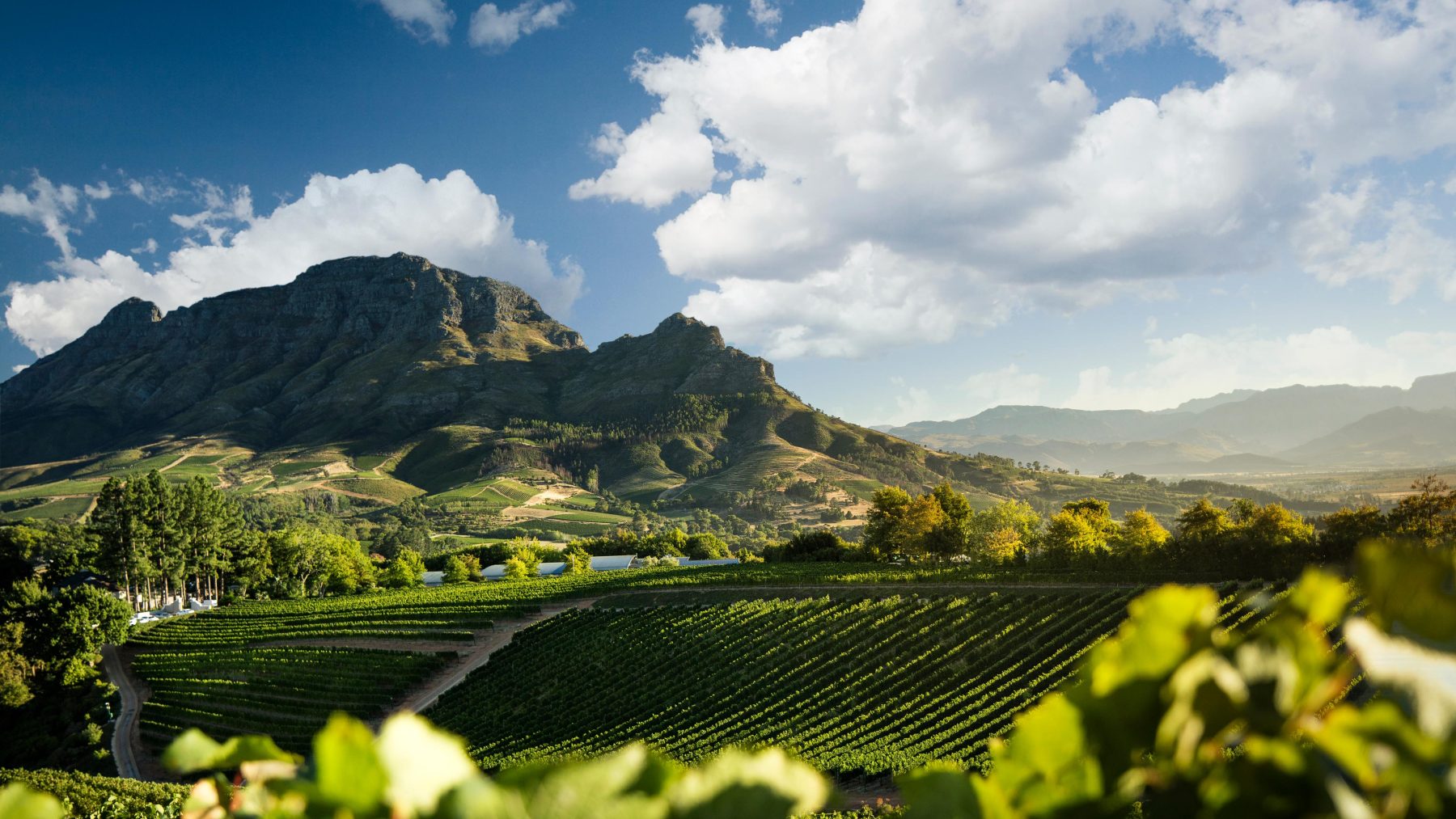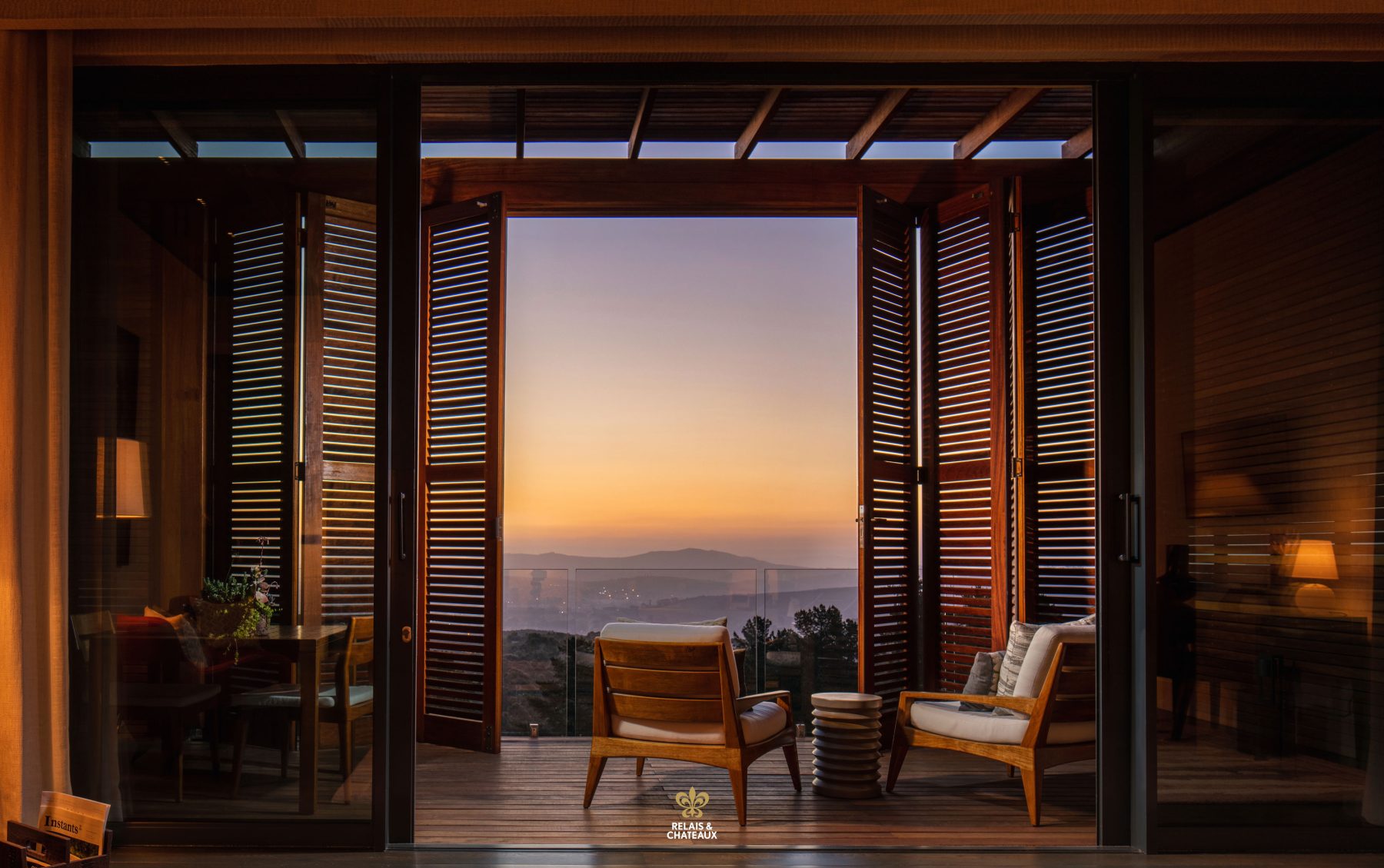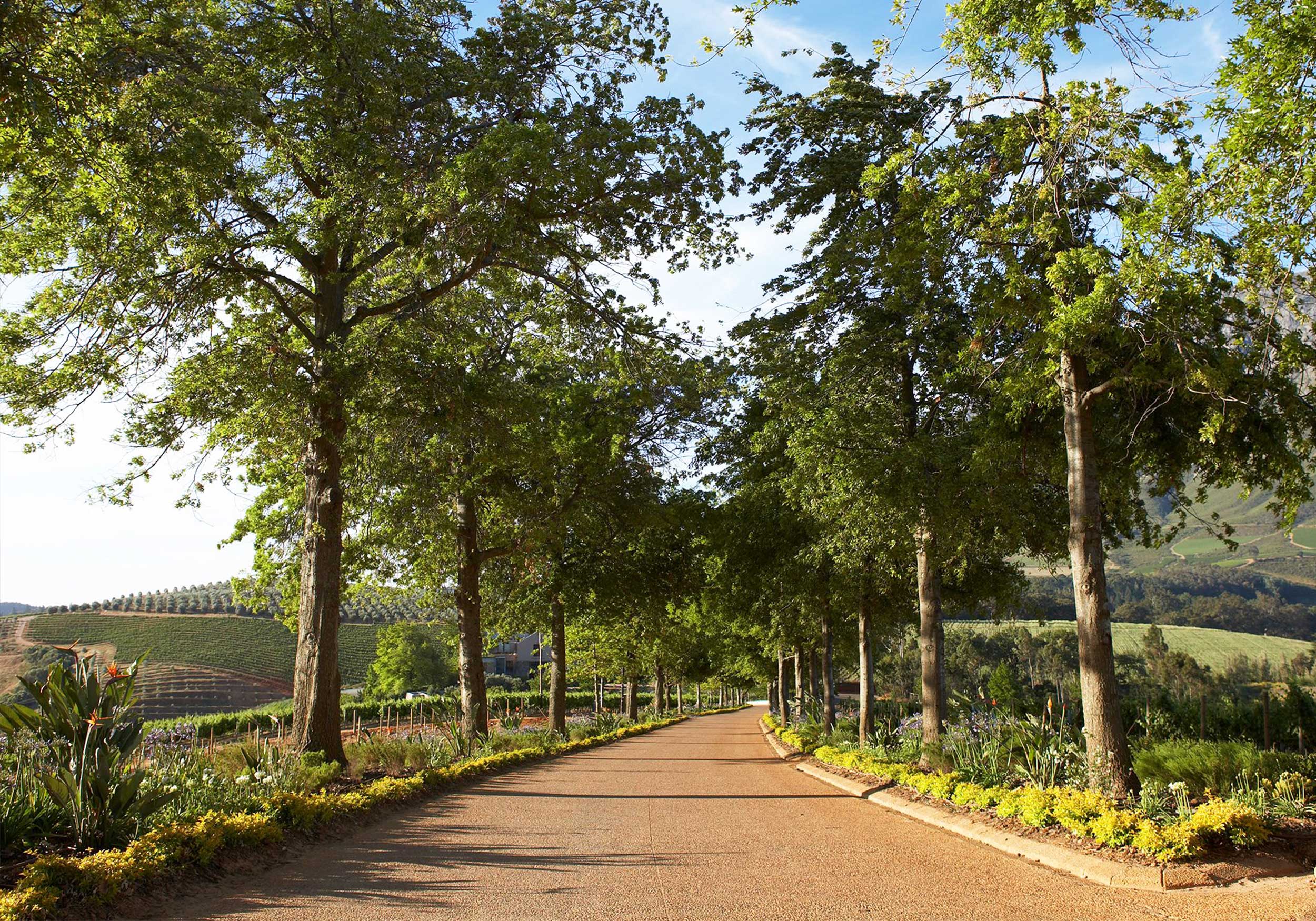As creative director of the award-winning David Collins Studio, Simon Rawlings is behind some of the world’s most iconic designs.
HOW HAS TRAVEL SHAPED YOUR WORK?
Travel has made me a practical designer. I obsess now over practicality and efficiency. It has also opened my mind to new ideas, new ways of approaching the creative process, and exposed me to incredibly talented people who are hugely inspiring.
IT IS IMPORTANT FOR YOU THAT INTERIORS REFLECT THEIR LOCALE. HOW DO YOU ACHIEVE THIS?
I want to wake up knowing which country I am in.
I want the personality of a region and culture to come through in the design. We achieve this by working with local artisans, craftspeople and artists, incorporating their art and objects, and layering colours and textures that I feel represent the location. We never imitate or theme an interior. We take inspiration from the environment and reinterpret this into the vision and DNA of the project.
WHAT DO YOU LOVE MOST ABOUT SOUTH AFRICA?
I adore the textures. The texture of the land, the hand-worked feeling in the art and crafts, the texture in the colour… Also, there is a very special quality of light here. For me that’s very unique to South Africa.
HOW WOULD YOU DESCRIBE YOUR STYLE?
My style is tailored to the projects. I am very adaptive, collaborative and responsive. I would
say that my overriding look is determined by my desire for timelessness – designs that do not reflect
a particular time but do reflect a place. My designs will always take inspiration from the building,
the location, the cuisine, the landscape and, most importantly, the people.
The David Collins Studio look is layered and textured, exuding craftsmanship, playing with whimsy, yet feeling resolved and ordered in a British way. I like to think that our designs are approachable yet luxurious, simple yet detailed, colourful yet calm.
WHAT DO YOU WISH MORE HOTELS WOULD GET RIGHT WHEN IT COMES TO DESIGN?
So many hotels get the lighting wrong, and try to be too clever. We must remember that a hotel room is basically a bedroom, and should really be lit in a very soft, warm and delicate way to promote relaxation and calm. I also feel that hotel rooms should not challenge you in any way, either through design
or operation.
HOW DO YOU APPROACH A HOSPITALITY INTERIOR DESIGN PROJECT DIFFERENTLY TO RESIDENTIAL?
I actually approach every project the same way, no matter how the end product will be used. Usability and feeling are my key starting points. I begin by working with the team and the client to understand how a space is to be used… the flow, special nuances, preferences and user- or culture-specific elements. Once we fully understand how the interior must operate, we start to curate the mood or moods we are looking to develop. This can be one or many per space, depending on the function. Whether calm, uplifting, moody, intimate, elegant or relaxed – this helps us to understand the approach, the lighting, the level of detail and type of materiality we work with. The design then evolves and takes on its own personality, while the vision begins to take shape. We constantly revise, edit, tweak and perfect throughout the process as it’s important to remain open-minded and collaborative while the designs come to fruition.
WHAT WAS YOUR FAVOURITE ASPECT OF WORKING ON THE NEW SUPERIOR LODGES AND OWNER’S VILLA AT DELAIRE GRAFF ESTATE?
It’s always lovely to return to a property that we originally created. It’s great to work again with the team here – the architects, DHK and the Delaire team are all wonderful. I really enjoy working directly with Laurence Graff and seeing his collection of African art grow through the design process. His attention to detail and exacting eye for design inspires and influences our design decisions. We have discovered so many great artisans throughout this process and hope to bring many of them to other projects around the world.
